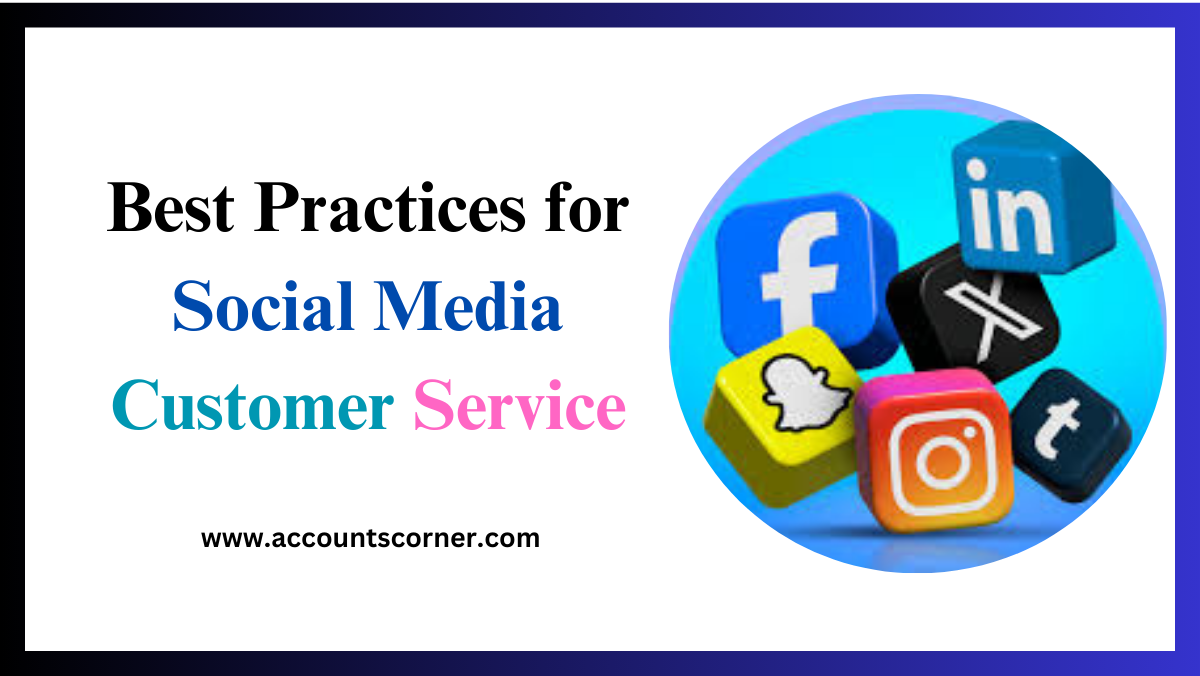Products
-
 Flicker New Accounts
Rated 5.00 out of 5$0.50
Flicker New Accounts
Rated 5.00 out of 5$0.50 -
 Discord New accounts With Gmail
Rated 5.00 out of 5$1.00
Discord New accounts With Gmail
Rated 5.00 out of 5$1.00 -
 Reddit New Accounts With Gmail
Rated 5.00 out of 5$1.00
Reddit New Accounts With Gmail
Rated 5.00 out of 5$1.00 -
 Quora New accounts With Gmail
Rated 5.00 out of 5$1.00
Quora New accounts With Gmail
Rated 5.00 out of 5$1.00 -
 Buy AOL AGED Accounts
Rated 5.00 out of 5$1.00
Buy AOL AGED Accounts
Rated 5.00 out of 5$1.00 -
 Buy Outlook New Accounts
Rated 5.00 out of 5$1.00
Buy Outlook New Accounts
Rated 5.00 out of 5$1.00 -
 Buy Hotmail Aged Accounts
Rated 5.00 out of 5$1.00
Buy Hotmail Aged Accounts
Rated 5.00 out of 5$1.00 -
 Youtube Accounts With Channel and Video
Rated 5.00 out of 5$2.00
Youtube Accounts With Channel and Video
Rated 5.00 out of 5$2.00 -
 Youtube Accounts With Channel
Rated 5.00 out of 5$1.00
Youtube Accounts With Channel
Rated 5.00 out of 5$1.00 -
 Buy Twitter Aged Accounts 2010 to 2021
Rated 5.00 out of 5$1.50
Buy Twitter Aged Accounts 2010 to 2021
Rated 5.00 out of 5$1.50
Best Practices for Social Media Customer Service
Posted by:
preethi

In today’s digital age, social media is more than just a place to share photos and updates; it’s a vital channel for customer service. Brands that offer stellar support online can build stronger relationships with their customers, enhance their reputation, and boost sales. This blog post explores the best practices for social media customer service, guiding you through responding to inquiries promptly, managing negative feedback, and building lasting relationships with your audience.
Table of Contents
ToggleIntroduction to Customer Service Online
When it comes to modern business, customer service isn’t just about handling phone calls or emails anymore. Social media platforms like Facebook, Twitter, and Instagram have become essential tools for engaging with customers. With billions of people using social media every day, it’s crucial for businesses to offer support where their customers are.
Not only does social media customer service provide a quick and convenient way for customers to reach out, but it also allows companies to showcase their commitment to customer satisfaction publicly. When done right, it can turn unhappy customers into loyal advocates and make your brand stand out in a crowded market.
In this guide, we’ll walk you through the essential practices to ensure your buy social media accounts customer service is top-notch. From responding promptly to managing negative feedback, each section offers practical tips to help you succeed.

Responding to Inquiries Promptly
- The Importance of Speed
In the fast-paced world of social media, speed is everything. Customers expect quick responses, and delays can lead to frustration and negative impressions of your brand. Studies show that customers expect a response within an hour on social media. Meeting these expectations can enhance customer satisfaction and build trust.
- Tools to Help Respond Faster
Thankfully, there are tools available to help you manage your social media inquiries more efficiently. Platforms like Hootsuite, Zendesk, and Sprout Social allow you to monitor and respond to messages from multiple social media accounts in one place. These tools can help you stay organized and ensure no customer inquiry falls through the cracks.
- Creating a Response Template
Having a set of pre-written responses for common inquiries can save time and ensure consistency in your communication. However, it’s important to personalize these templates to avoid sounding robotic. Start with a friendly greeting, address the customer by name, and tailor your response to their specific issue.
Managing Negative Feedback
- Staying Calm and Professional
It’s inevitable to receive negative feedback, but how you respond to it matters a lot. The secret is to remain composed and businesslike. Recognize the client’s worry, extend an apology if required, and provide a resolution. Remember, your response is public, and handling complaints gracefully can enhance your brand’s reputation.
- Taking Conversations Offline
While it’s important to address negative feedback publicly, some issues are better resolved privately. Send an email or direct message to the consumer inviting them to continue the conversation. This approach shows you’re taking their complaint seriously and allows for a more detailed resolution.
- Learning from Feedback
Unfavorable reviews can be an invaluable source of knowledge. By analyzing common complaints, you can identify areas for improvement in your products or services. Utilize this knowledge to make the required adjustments and stop such problems from happening again.
Building Relationships with Social Media Customer Service
- Personalizing Interactions
Customers appreciate feeling valued and understood.Developing good relationships can be greatly aided by personalizing your interactions. Use the customer’s name, reference previous interactions, and tailor your responses to their specific needs. Personal touches show that you care and are invested in their satisfaction.
- Engaging with Positive Feedback
Don’t just focus on complaints—engage with positive feedback too. Thank customers for their compliments, share their positive reviews, and highlight user-generated content. Celebrating your happy customers can foster a sense of community and encourage others to share their positive experiences.
- Going the Extra Mile
Sometimes, a little extra effort can turn a good customer experience into a great one. Surprise and delight your customers with small gestures, such as personalized thank-you notes, exclusive discounts, or early access to new products. These actions can strengthen customer loyalty and make your brand memorable.
- Harnessing the Power of Social Media Analytics
To truly understand your audience and improve your engagement strategies, leverage social media analytics tools. These platforms provide insights into customer behaviour, preferences, and engagement rates, allowing you to tailor your content and interactions more effectively. By tracking metrics such as likes, shares, comments, and overall sentiment, you can identify what resonates most with your audience and adjust your approach accordingly. This data-driven insight can inform your content strategy, helping you create posts that are more likely to generate interaction and build stronger relationships.
- Staying Updated on Trends
In the fast-paced world of social media, staying informed about the latest trends is essential for maintaining relevance. Regularly monitor industry news, competitor activities, and trending topics to adapt your strategy quickly. Engaging with current events and viral trends can increase your visibility and foster a connection with your audience, showing them that your brand is both timely and in touch with broader societal conversations. Tools like Google Trends or social listening platforms can help you stay ahead of the curve and incorporate fresh ideas into your social media content.
- The Importance of Authenticity
In an era where consumers are increasingly discerning, authenticity has become paramount. Customers gravitate towards brands that are transparent and genuine in their interactions. Sharing behind-the-scenes content, showcasing the people behind the brand, or admitting mistakes can foster trust and build a deeper connection with your audience. Celebrate your brand’s journey, including challenges and successes, to humanise your business and create relatability.
- Leveraging User-Generated Content (UGC)
Encouraging and showcasing user-generated content can significantly enhance your brand’s engagement and authenticity. UGC not only provides social proof but also allows customers to see how others are using and benefiting from your products or services. Launch contests or campaigns that invite customers to share their own experiences, and feature their content on your platforms. This collaborative approach not only strengthens community ties but also empowers customers to feel like integral participants in your brand’s story.
- Encouraging Customer Feedback
Proactively seeking customer feedback can lead to valuable insights and foster a sense of collaboration. Use surveys, feedback forms, or comment sections to invite opinions from your audience regarding products, services, or their overall experience. Make sure to communicate how this feedback is being utilised to enact changes, which encourages further participation and shows that you value their input.
- Celebrating Milestones
Recognising milestones—be it anniversaries, the launch of new products, or reaching follower goals—creates opportunities for engagement and fosters a sense of community. Celebrate these moments with your audience through special promotions, giveaways, or social media campaigns. This not only showcases your appreciation for their support but also strengthens your brand’s relationship with its customers, embedding them deeper into your community narrative.
Conclusion
In conclusion, excelling in social media customer service is crucial for modern businesses. By responding promptly, managing negative feedback effectively, and building meaningful relationships with customers, you can enhance your brand’s reputation and foster loyalty.
Remember, social media customer service is not just about addressing issues—it’s an opportunity to connect with your audience and show that you genuinely care about their needs. Implement these best practices, and watch your customer satisfaction soar.
Looking to refine your social media strategy further? Consider booking a consultation with one of our experts. We’re here to help you succeed.
















